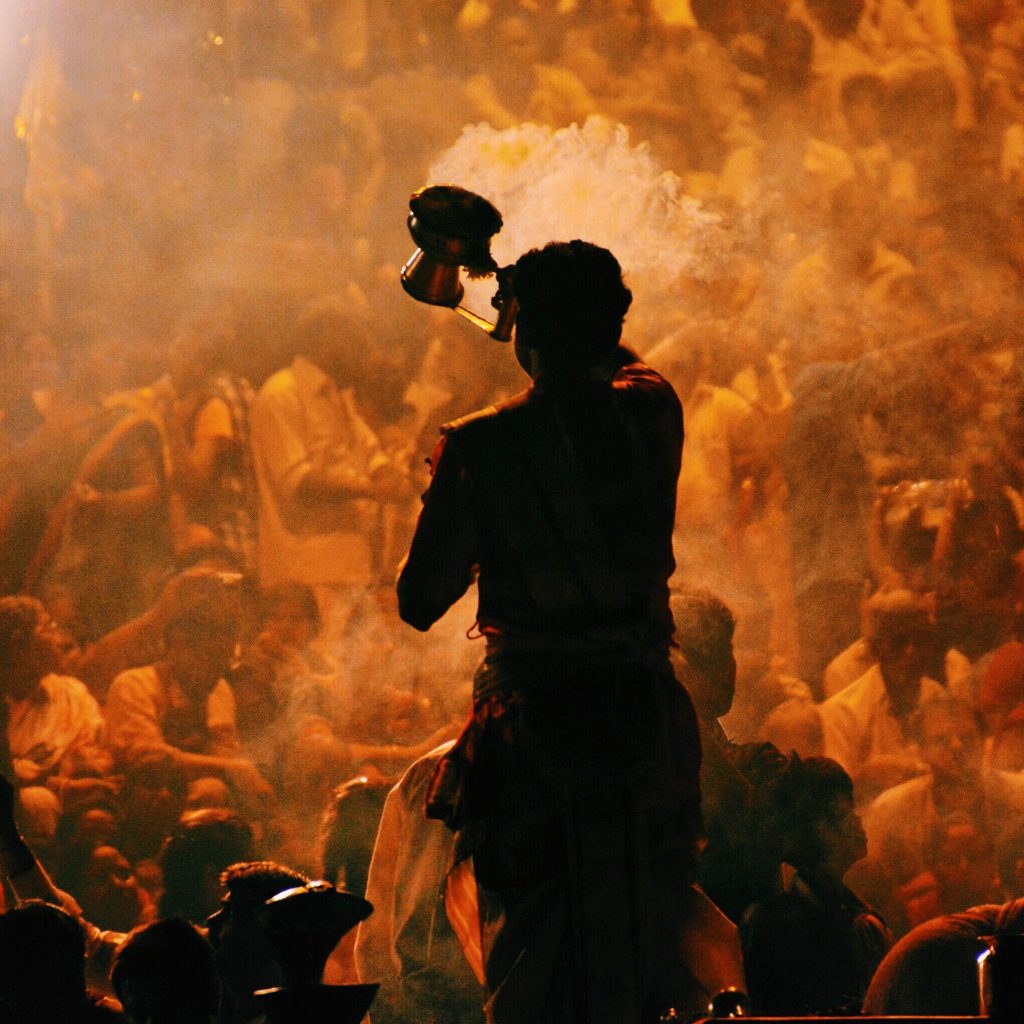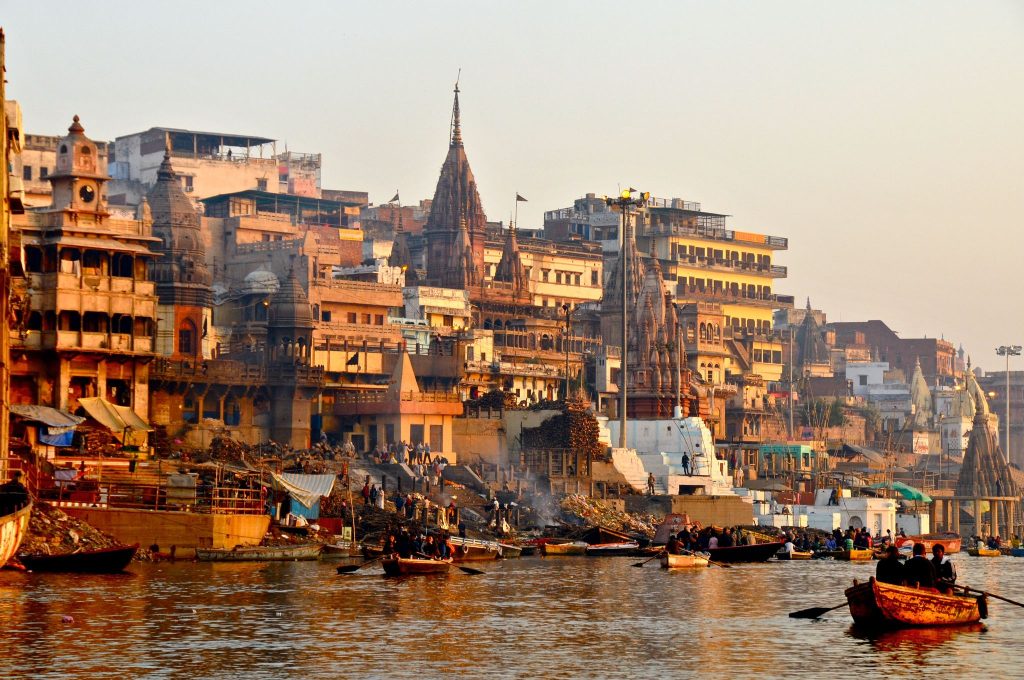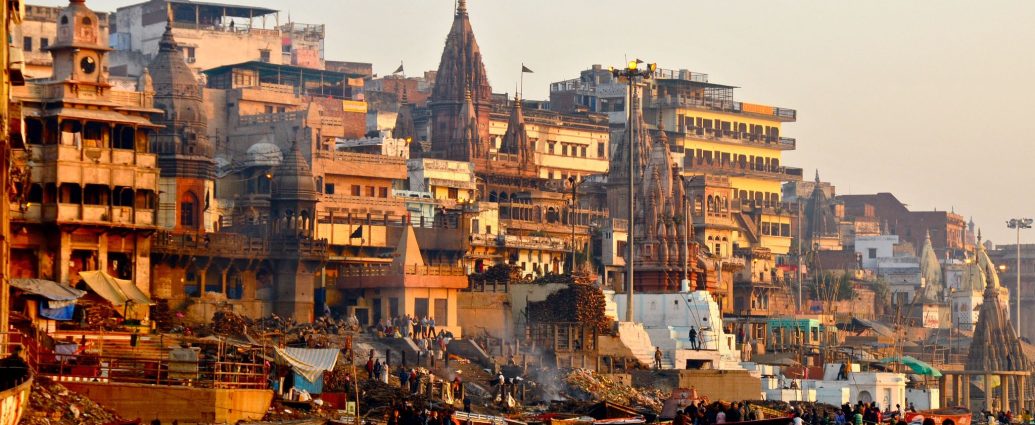

One of India’s most venerated and holy rivers is the Ganges River, usually referred to as Ganga. India’s culture and customs are inextricably linked to the ghats or the steps that lead to the river. Some lesser-known facts about Ganga Ghat are as follows:
- In Varanasi alone, there are more than 80 ghats along the Ganges River, each having its own background and significance.
- The ghats were initially built over a period of several centuries by numerous Hindu monarchs and emperors. Peshwa Balaji Baji Rao, the Peshwa of the Maratha, constructed some of the most renowned ghats.
- The busiest and most well-known ghat in Varanasi is Dashashwamedh. Lord Brahma is said to have offered a large sacrifice, or yajna, here to welcome Lord Shiva back after an exile.
- The most sacred ghat for Hindus is the Manikarnika Ghat in Varanasi. A person is said to achieve moksha, or freedom from the cycle of rebirth if they are cremated here.
- Another significant ghat in Haridwar is the Har Ki Pauri Ghat. Lord Vishnu is said to have left his imprint here when the gods and demons were churning the seas.
- Ancient Hindu texts make reference to the Assi Ghat in Varanasi, one of the earliest ghats. Also, before beginning the Pancha Kosi Parikrama, a 50 km journey around the city, pilgrims bathe here to purify themselves.
- The ghats serve as a social and cultural center for the neighborhood in addition to being a location for religious rituals. Folks come here to unwind, have fun, and socialize.
- Millions of tourists visit the ghats each year to watch the great festivities, ride on boats, and take in the distinctive ambiance of these ancient sites.

